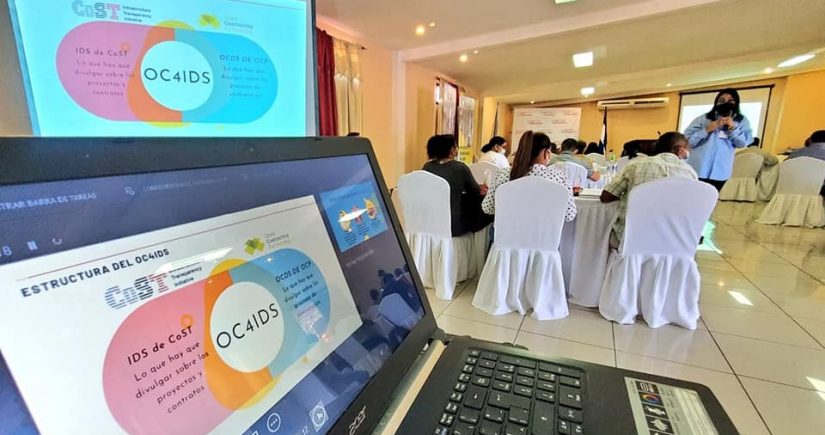The impact of the CoST, The Transparency Initiative, can be measured in different dimensions. On this opportunity, we will explore a vision to reflect on the challenges ahead, especially in the possibilities of strengthening the infrastructure disclosure platforms.
During the last decade, CoST has promoted and supported the design and implementation of 12 disclosure platforms throughout South America, North America, Asia and Africa.
Of these 12 disclosure platforms, half implement the CoST Infrastructure Data Standard (IDS), and the other half operate with the Open Contracting for Infrastructure Data Standard (OC4IDS).
The CoST IDS was implemented around 2012, allowing users to access disclosed information of 40 data that cover project identification, preparation, tender management, contract, implementation and project completion. These projects have included hospitals, schools, etc.
In 2019 CoST and the Open Contracting Partnership (OCP) co-developed the Open Contracting for Infrastructure Data Standard (OC4IDS) an open standard that describes how to structure and format the disclosure recommended in the CoST IDS.
Open standards for data are documented, reusable agreements that help people and organizations to publish, access, share and use better quality data.
Currently, OC4IDS connects previously isolated data and information to improve disclosure and monitoring development of public infrastructure projects.
It also provides guidance to governments on what information to disclose at each stage of an infrastructure project, so the public investments are well spent from planning to the completion of the projects.
The implementation of the OC4IDS, in CoST experience, has allowed us to have an impact on:
- Value for money
- Internal efficiency
- Market opportunity
- Public integrity
- Service delivery
There is no doubt that the achievements during these years have been very satisfying, but we face a new challenge: to expand data sets in the dimensions of environmental and social sustainability and, to a smaller scale, economic and institutional sustainability.
For that purpose, it is imperative to strength the OC4IDS to cover or connect data on climate finance, and other aspects of sustainable infrastructure including environmental impacts, beneficial ownership, health and safety, employment, and social inclusion, identifying key data sets that can be incorporated to the IDS and OC4IDS which will reflect the shift in public procurement and climate related investments.
The IADB has published a series of technical notes defining a framework for addressing sustainable infrastructure based on a definition that is widely recognized and accepted by others, including UNEP and some CoST members in Latin America.
That definition refers to four dimensions as follows:
- Economic and financially sustainable
- Environmental sustainability and climate resilience
- Social Sustainability (inclusive)
- Institutional sustainability
We are ready to face this challenge. We have proved over the last few years, developing infrastructure disclosure platforms with the IDS in Bogota City, Costa Rica, Guatemala, Honduras, Panama y Thailand; and then we made the transition to better disclosure practices by implementing OC4IDS in Jalisco, Malawi, Sekondi Takoradi, Uganda, Ukraine and West Lombok.
The impact on sustainable infrastructure can be measure on different areas such as:
- Jobs in the community
- Projects won’t damage the environment, will mitigate damage and won’t create emissions
- Projects will run on time and the quality of the work will be higher which will help with public services
- It also provides channels to listen the communities
Now we must, and will, take the next step to strengthen these standards to drive and promote sustainable infrastructure procurement, especially since some international statistics estimates that corruption in the infrastructure sector is a problem that could result in the loss of US$6 billion per year worldwide by 2030.
